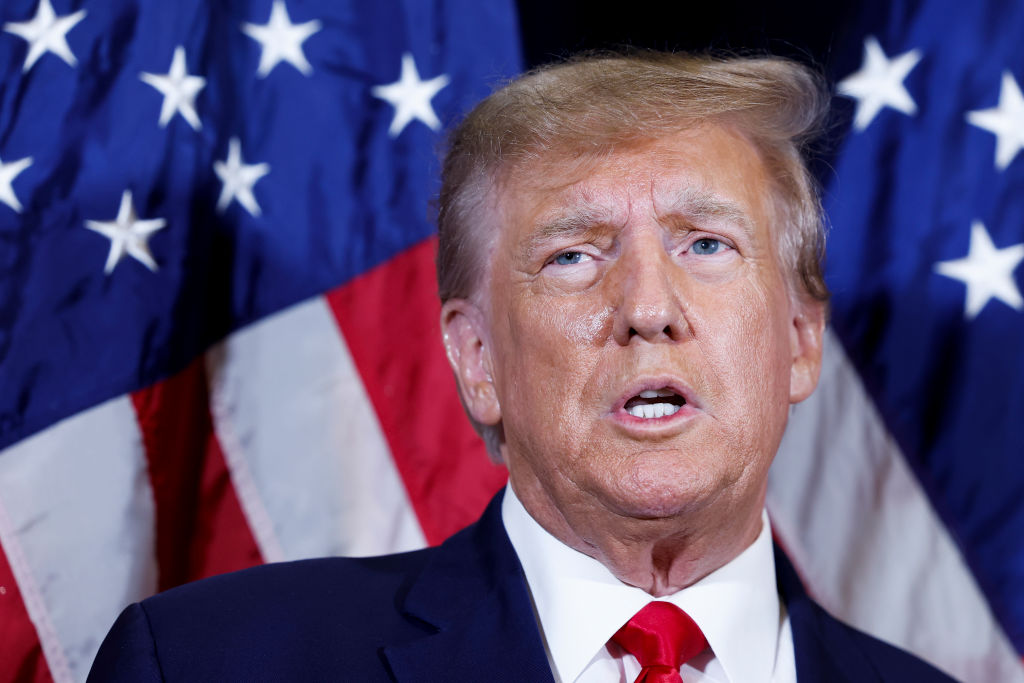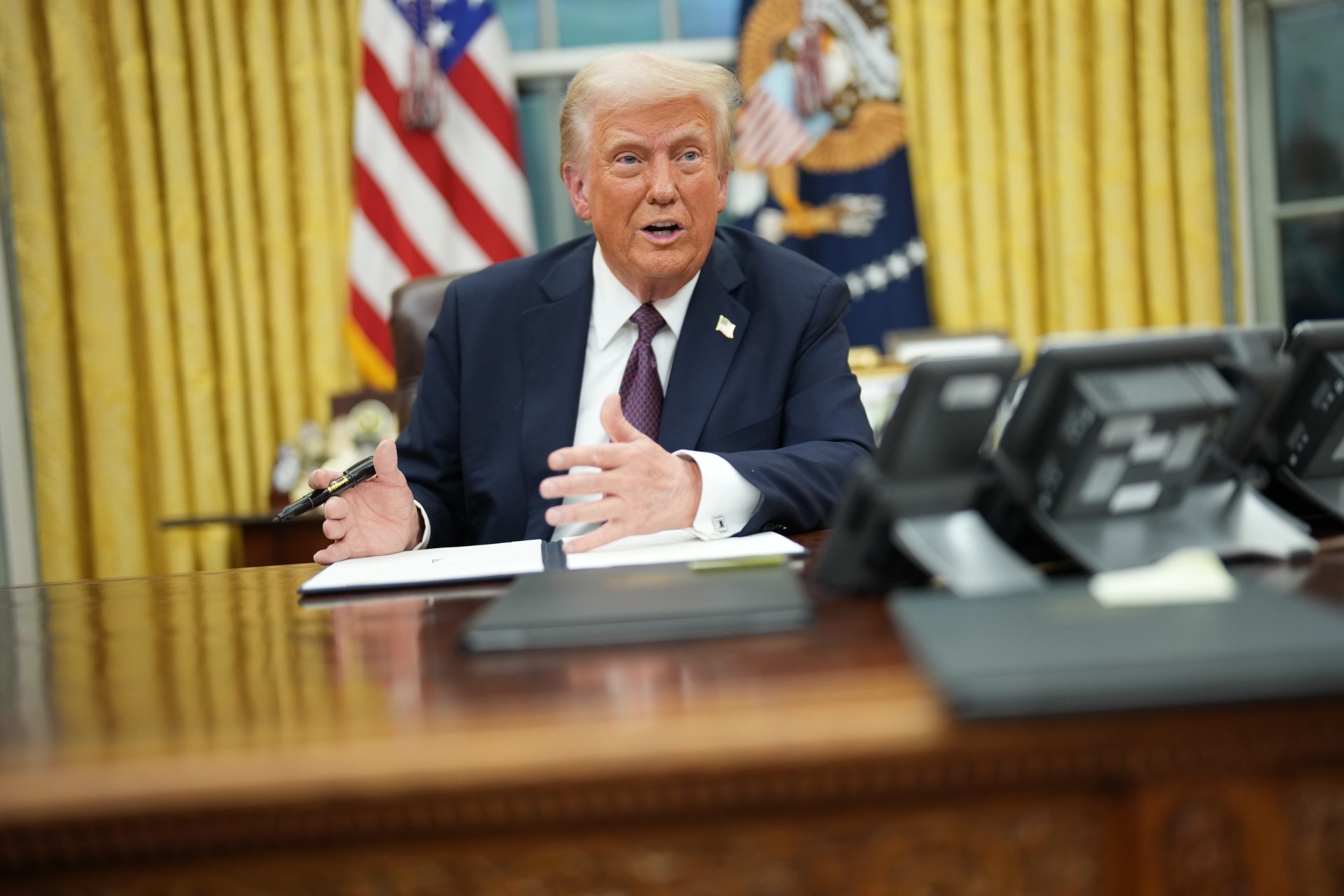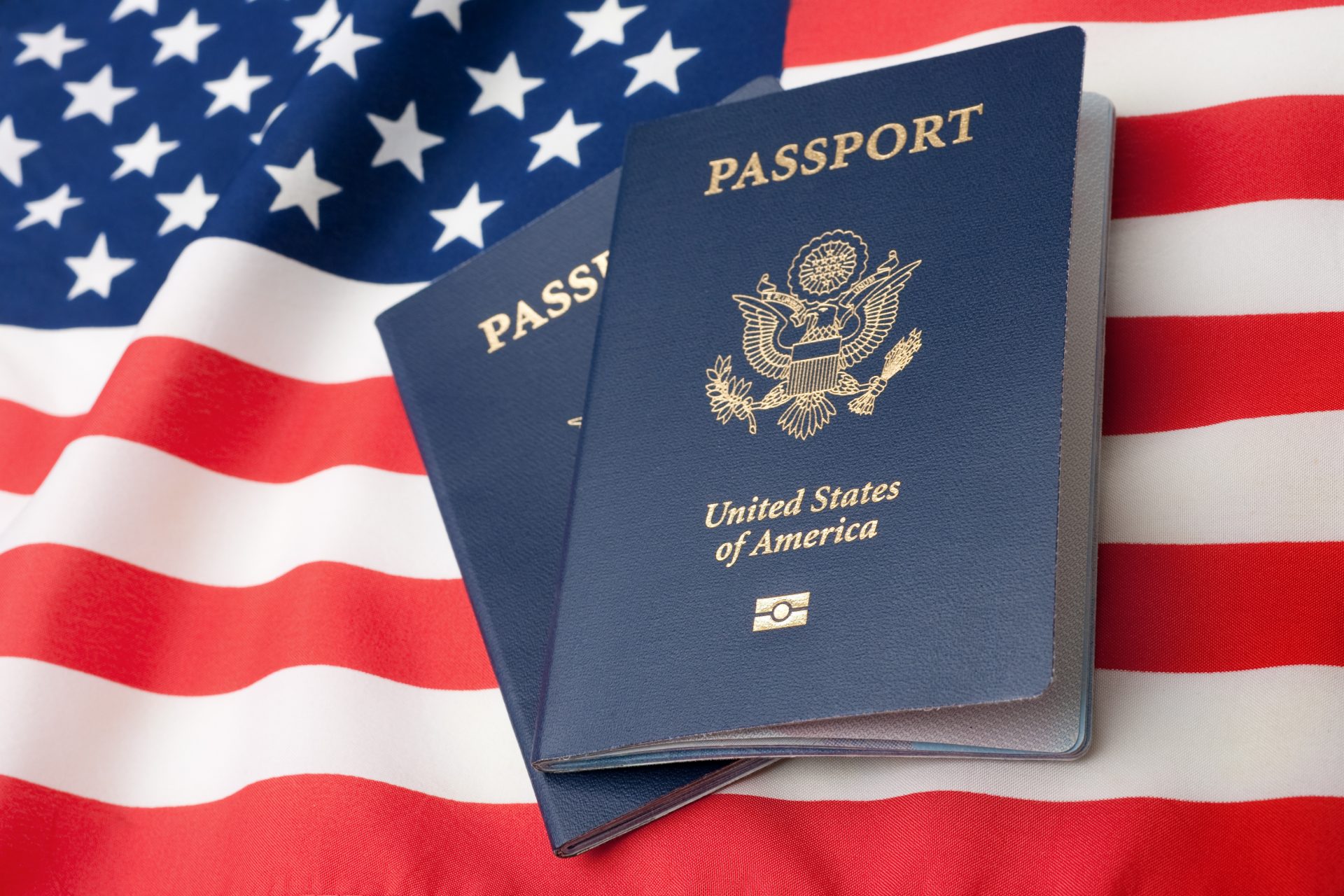You're the guinea pig now! FDA no longer requires animal testing
Big changes are coming to the way pharmaceutical companies will test their new drugs, but is this shift in policy being driven by profit and will it affect your safety?
In December 2022, Joe Biden signed the FDA Modernization Act 2.0 into law, removing federal requirements that stipulated all new drugs needed to be tested on animals.
“This is the biggest policy development in Congressional history in the quest to replace animal testing with morally and scientifically superior non-animal methods,” said Wayne Pacelle, President of Animal Wellness Action and the Center for a Humane Economy.
“Lawmakers were persuaded by our campaign to scrap mandatory animal testing in favor of 21st-century testing methods grounded on human biology,” Pacelle added.
Pacelle and his organization were part of a larger group of 200 institutions and patient groups that lobbied for, and endorsed, the FDA Modernization Act 2.0 according to a press release from Animal Wellness Action.
“The FDA Modernization Act 2.0 will accelerate innovation and get safer, more effective drugs to market more quickly by cutting red tape that is not supported by current science,” said Republican Senator Rand Paul in a statement in January.
Senator Paul was a cosponsor of the bill that changed drug testing law and called its passing “a step toward ending the needless suffering and death of animal test subjects.” But what exactly does the bill do and what does it mean for you?
While the new law doesn’t outright ban animal testing in the production of new drugs and medicine, it does give developers and pharmaceutical companies the freedom to choose testing models that don’t use animals to determine a drug's safety.
In the bill’s own words, it will “allow manufacturers and sponsors of a drug to use alternative testing methods to animal testing to investigate the safety and effectiveness of a drug, and for other purposes.”
Drug testing on animals became an important regulation in American drug manufacturing in the twentieth century according to Dr. Rachel Hajar, who published a detailed history of animal testing in America in the National Library of Medicine in 2011.
In 1937, Dr. Hajar noted, a pharmaceutical company “created a preparation of sulfanilamide” using diethylene glycol—a substance poisonous to humans—and accidentally caused a mass poisoning event that killed “more than a hundred people.”
The following year, the United States Congress passed the Food, Drug, & Cosmetic Act, which—according to The Humane Society— compelled “companies to begin testing their products on animals.” But some scientists have argued that the law was a mistake.
“Animal models are wrong more often than they are right,” said Harvard University bioengineer Don Ingber.
Ingber was one of several bioengineers that pioneered the development of “organ chip technology” and he has a major financial stake in a bioengineering company hoping to replace animal testing in drug production according to science.org.
“The company’s liver chips correctly identified 87% of a variety of drugs that were moved into humans after animal studies,” Meritdeth Wadman wrote, before adding that the Emulate’s chip ultimately failed in clinical trials because “they were toxic to the liver.”
Emulate’s chips aren’t the only new technology that could replace animal testing, though. Wadman noted that organoids developed from stem cells and “digital artificial neural networks” could be used to identify “the toxic effects of drugs.”
Aliasger Salem is a professor at the University of Iowa's College of Pharmacy and spoke to NPR’s Joe Hernandez about the safety of alternative technologies and said drug manufacturers need to understand the risks as well as the rewards.
"The companies need to be aware of the limitations of those technologies and their ability to identify or not identify potential toxicities," Salem said.
"You don't want to shift to systems that might not capture all of the types of toxicities that have been seen in the past without ensuring that the methods that you have will capture that," Salem added.
For now, the National Association for Biomedical Research—a non-profit organization that describes itself as dedicated to advocating for the best public policy in drug development—has said that animal testing in conjunction with human trials is still the best way to test drug safety.
“Animal testing followed by human clinical trials currently remains the best way to examine… drugs to determine if they are safe and effective for market approval,” the National Association for Biomedical Research wrote in a statement.
More for you
Top Stories


































